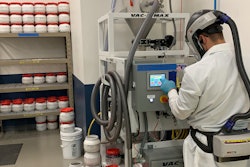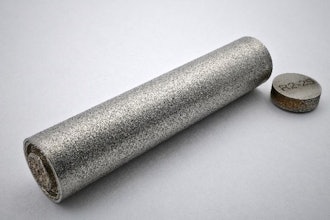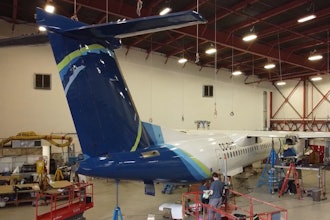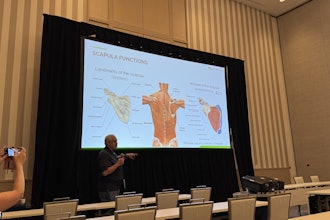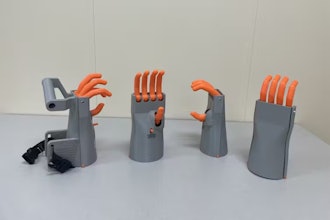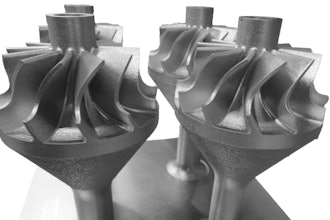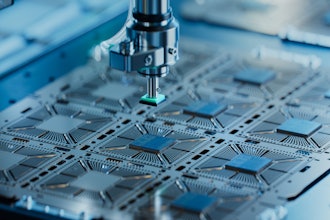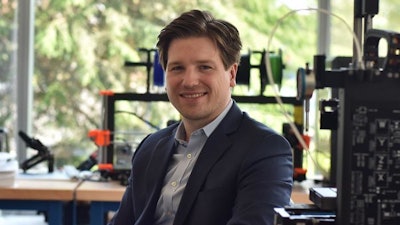
Worcester Polytechnic Institute (WPI) researcher Markus Nemitz is the recipient of a $599,815 CAREER Award from the National Science Foundation to develop an innovative architecture for low-cost custom robots capable of traversing challenging terrains by swimming, crawling, climbing and diving through hostile and confined spaces as part of search-and-rescue operations.
Nemitz, an assistant professor in WPI’s Department of Robotics Engineering, will focus on developing small and flexible 3D-printed robots with integrated fluidic circuits that can be rapidly fabricated for specific disasters. His five-year project will involve testing these robots in a miniaturized model that will be built at WPI and replicate parts of the Tham Luang cave in Thailand where flooding trapped 12 members of a youth soccer team and their coach in 2018.
“Disasters often demand unique, specialized responses, such as was required for the Tham Luang cave crisis,” Nemitz said. “There lies immense potential in the development of small robots that are quickly fabricated from soft, flexible materials. These robots can significantly aid rescue efforts by exploring areas that pose potential hazards to humans or are otherwise inaccessible, including earthquake debris, flooded regions and even nuclear accident sites.”
Nemitz’s project will involve making advances in soft robotics and printable robotics, fields that use flexible materials and advanced fabrication techniques. He will develop new principles for robot design and fabrication, specifically focusing on integrating electronic circuits with 3D printed fluidic circuits in the robots. The fluidic circuits will use pulses of air to store programs, process data and execute simple tasks that control the robots. The resilience of fluidic circuits to mechanical damage and electromagnetic interference, combined with traditional electronics, promises to expand the capabilities of the robots significantly.
Design possibilities for these robots are vast, with size variations ranging from as small as a mouse to no bigger than a basketball. Using commercial 3D printers and elastomeric filaments, Nemitz will ensure the feasibility and efficacy of the robots by evaluating the time taken to design and fabricate them and assessing their performance in reaching designated targets within the lab-based model cave system.
In addition to the technical aspects of the project, Nemitz will develop a hands-on robotics summer camp exclusively for female high school students. This initiative aligns with the plan to launch a new undergraduate course on printable robotics.
The project builds on Nemitz’s research into soft, programmable robots and promises potential applications to additional fields such as space exploration, climate monitoring and inspection operations in hostile settings.
“Robots can go to places beyond human reach,” Nemitz said. “Equipped with sensors such as microphones and cameras, these robots will enhance the capabilities of rescuers, especially during natural disasters. To ensure a dynamic and rapid response to emergencies, we must continually innovate and develop new technologies. Robotics is at the forefront of this development.”






